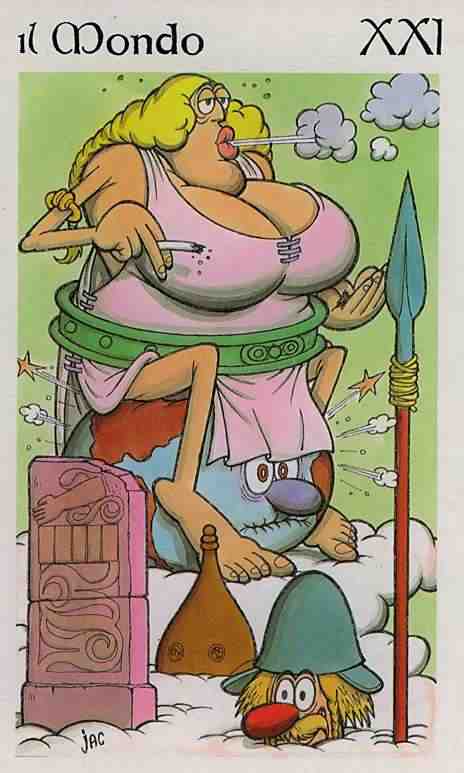 Artist: Benito Jacovitti
Artist: Benito Jacovitti
[This card was not drawn at random.]
I’ve been following this thread on the Aeclectic Tarot website called “Where are the bitchy women of tarot?”
People post pictures from different decks depicting women who, in one way or another, appear to be a bit bitchy. There are many ways to define bitch. Wikipedia does a good job under “bitch (insult)”
Different people have different reactions to the word depending on their history with it. I have different reactions to the word, depending on the situation and how it’s said. If it’s said with spit and spite, I want to bite. If it’s said sweetly by someone I like, I might laugh or find it endearing. [I am not certain this has ever happened, but I remain open-minded.] Or I could refer to myself as a bitch because— la!— it happens.
Referring to dogs, the term bitch is an old one. In writing, it was first applied to women about 1330 and then with increasing frequency. It meant to refer to a woman who was acting like a female dog in heat. Now it is used more liberally, generally to refer to a woman who has control over a situation in one way or another. Women in power are referred to as bitches by people who don’t like them and as strong women by people who do like them.
If a woman throws a dish at you and yells at you, you might call her a bitch. If a man throws a dish at you and yells at you, might call him an asshole. Throwing things and yelling is a nasty way to wield power.
If you are a man with a very large ego and a woman totally slaughters you at tennis, you might call her a bitch, but not to her face. If you are a woman and a man totally and unapologeticly slaughters you at tennis, you might call him an asshole, but, again, not to his face. Such is the world of poor sportsmanship and insults. [I only say tennis because women wear those sexy little skirts; I suck at the game.]
If you are a man and find a woman really sexy and you want to fuck her yet she avoids you while continuing to turn you on, you might call her a bitch. If you are a woman and you find a man really sexy so you fuck him and then he ignores you, you might call him an asshole. After women succumb to the advances of men, the balance of power changes. Desirable women have power over men. It’s a hormone thing. In this phase, women are bitches. Women become less desirable to men immediately after sex. Again, a hormone thing. In this phase, men are assholes. Yes, men are totally ruled by hormones, just like women.
So, what makes a woman a bitch?
In fourth grade, I was at my friend Becky’s house where she was showing off her new COLOR computer monitor. I really couldn’t see the advantages of a color monitor seeing as how the printers were all in black & white, but whatever. She was the boss. She was showing me a drawing program. It was boring, but I watched as she tediously made a white line drawing of a dog on a fucia background. Let it be known that in fourth grade, I was programing with Logo turtle graphics. Becky didn’t know this and she didn’t care. She was smarter because she said she was smarter. She saw me as less intelligent because I refused to argue with her. [I was already living by my mother’s maxim, “If I’m going to argue, I want to argue with someone who is more intelligent than I am.”] Becky’s primitive computer skills bored me. My mind wandered.
I think our argument began when I brought up my newly-acquired knowledge that a female dog is called a bitch. Becky turned to me and said, “Don’t you dare say that!” I was rather confused. I was certain a female dog was called a bitch because I’d read it in a book about dogs. “But a female dog is a bitch,” I said. “Take that back right now or I’ll punch you in the face!” said Becky. Confused and speechless, I stood there dumb. Becky punched me in the face. I walked home.
I think Becky was a bitch.





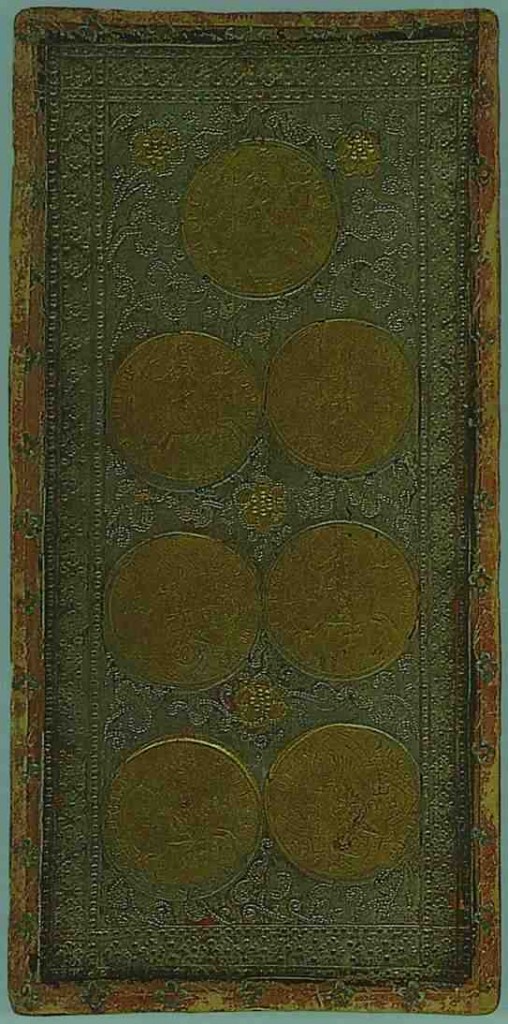
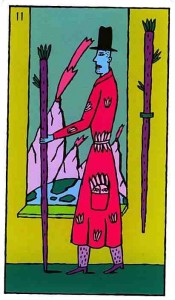


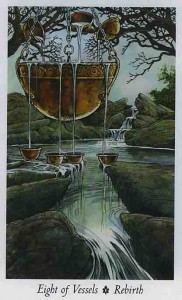
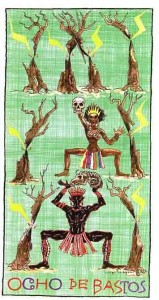
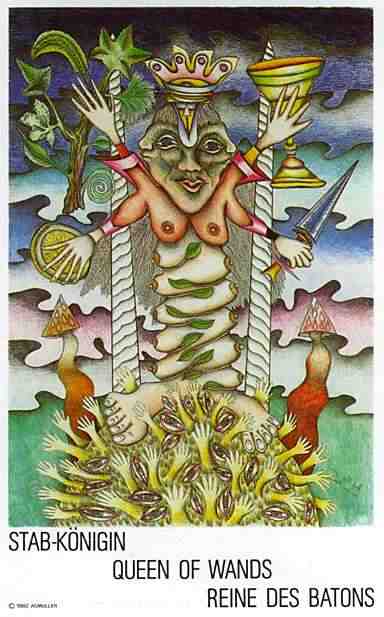
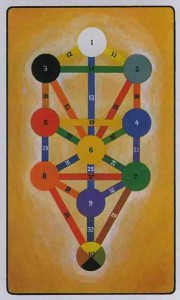
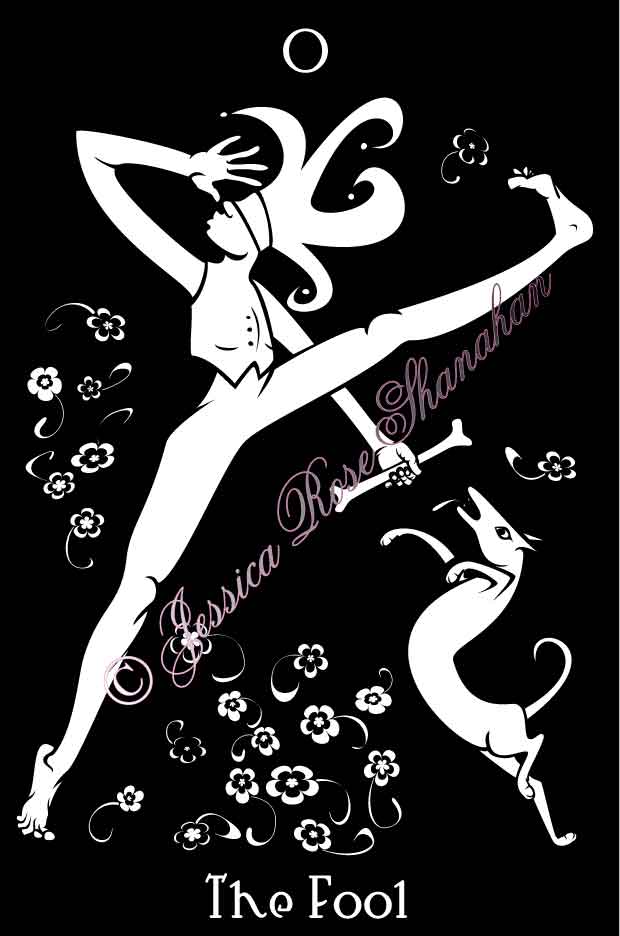 ‘If the fool would persist in his folly he would become wise.’ —William Blake
‘If the fool would persist in his folly he would become wise.’ —William Blake